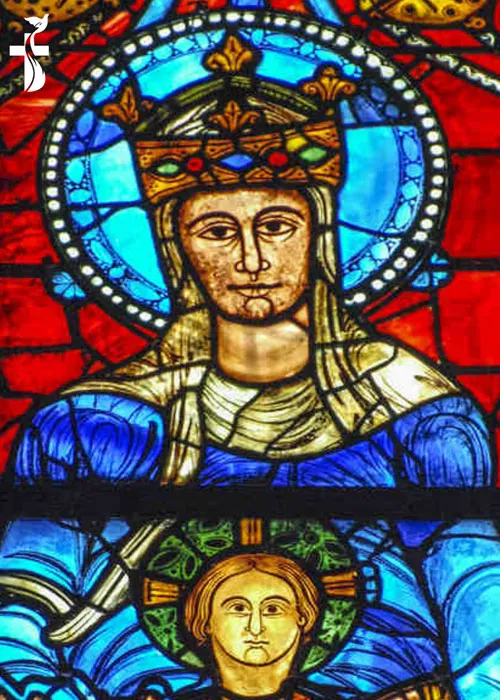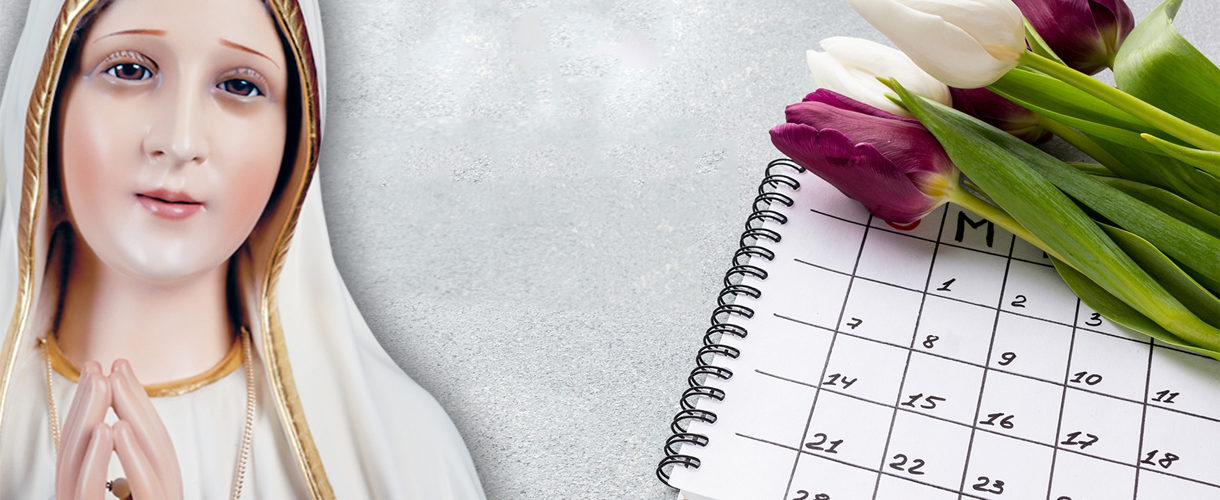
Our Lady Of Chartres
Country : France
Year : 1140
To Chartres belongs the distinction of being not only the oldest shrine in France, but also—in all probability—the oldest Lady shrine in the world. It is actually pre-Christian, like the Athenians’ “altar to the unknown god” and was dedicated to the Virgin who would bring forth a son, at least a century before the birth of Christ.
Eleven centuries later, 1140, Christians were returning from the first crusade with new Byzantine dignity added to their idea of the kind of art demanded for the veneration of royalty. In 1144 “men began to laden themselves with stone and wood…and drag them to the site of the church, the towers of which were then a-building. It was a spectacle the like of which he who has seen will never see again.” Rich and poor alike put their strength and their possessions into the work.
The result is still standing, as strong as the moment it was consecrated in 1260—an architectural marvel that makes men gape in admiration. Eric Gill listed the sight of it among the five most awe-filled moments of his life.
Chartres is the court where Mary sits enthroned beside her Son, receiving her subjects, turning peasant pilgrims into lovers of the beautiful, turning crusty scholars, come to see about some detail, into romantic fools at her feet.
Mary sits above the southern door, crowned and robed and sceptered like an eastern empress; Christ sits above the central door, not as Judge but, like Mary, a triumphant benevolent sovereign and long lean figures of kings, queens, saints and prophets stand with oriental dignity, lining the columns of the doorways like courtiers attendant on a king and a queen. The windows above depict the Passion of Christ. Mary enthroned and the Tree of Jesse—windows better than any made by a Byzantine genius.
This Cathedral of Notre Dame is probably the most beautiful gothic church in the world; in its crypt is the shrine of Our Lady Underground, in the choir, a statue of Our Lady of the Pillar, a reputed garment of Mary’s is preserved in the treasury. Kings and princes, popes and prelates, saints and sinners, thousands after thousands of ordinary people have come here on pilgrimages for seven hundred years. Miracle upon miracle has been the response to their faith, their confidence and their ardent prayers.



